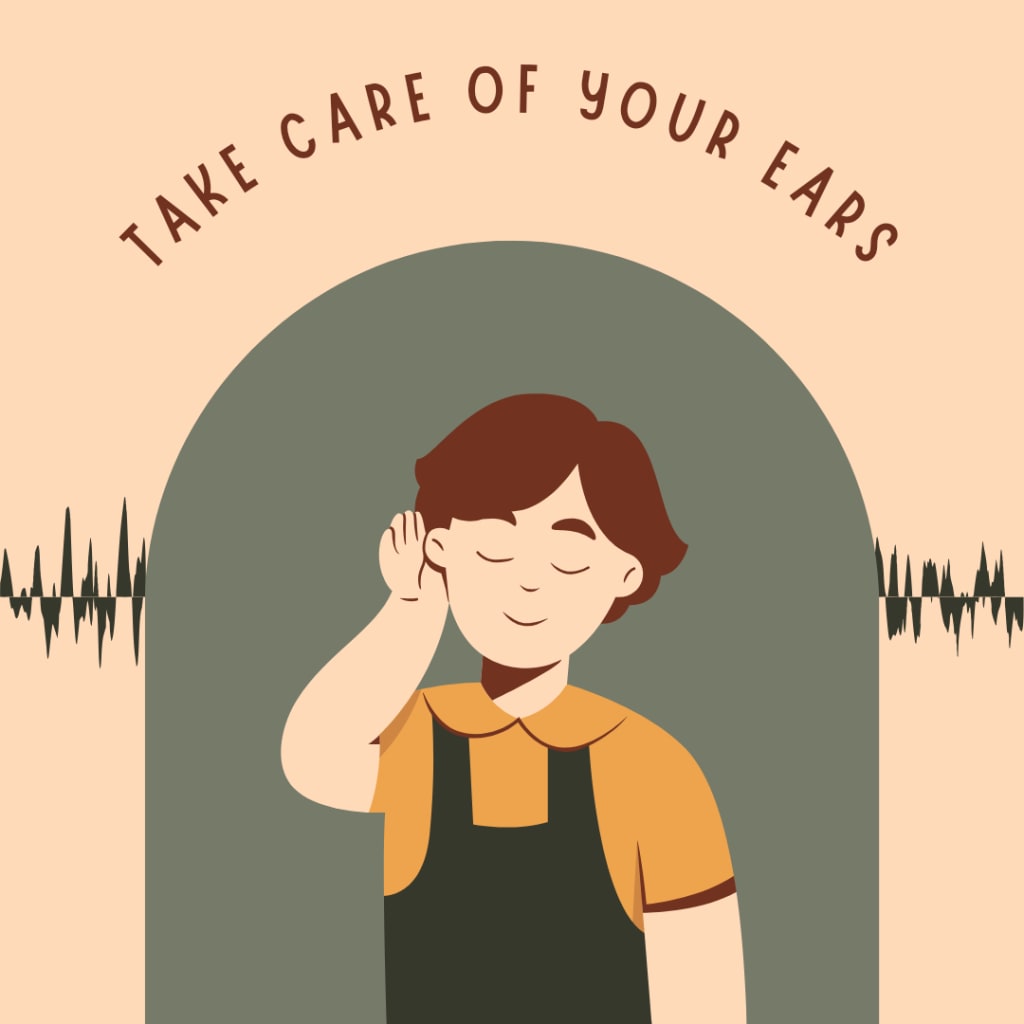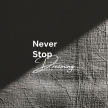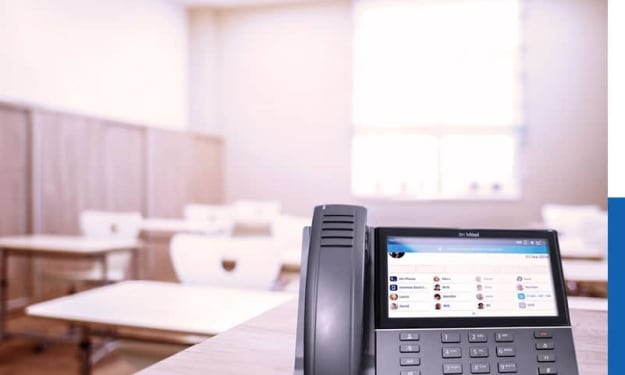Protecting Your Hearing: How to Prevent Hearing Loss from Headphone Use
English

I wear headphones all the time. Recently, I've been wondering if all that listening is bad for me, and this led to a full-on spiral where I learned the horrifying statistic that over a billion young adults are at risk of permanent, avoidable hearing loss. Am I one of those billion? In a time where we're giving our ears less of a break than ever before, how can we make sure that we're not losing our hearing long term? And what tools are at our disposal to ensure that we can minimize that damage?
Headphones are not necessarily bad. If you wear headphones, you're not automatically going to develop hearing loss. That's Amy Saro. I'm a doctor of audiology, so I often go by Dr. Amy. Dr. Amy explained to me just how fragile our hearing is. It all has to do with these tiny hair cells in our ears. When your hair cells are healthy, they stand up kind of like a field of wheat. When the sound comes through, it looks like a tornado has come through and they're all twisted up. If you're lucky, they're able to sort of rebuild themselves back straight up, nice and tall. But if you do that often enough, or if the sound is loud enough, the damage is permanent. Permanence in the sense that those hairs are bent out of shape forever and your hearing doesn't come back naturally, nor do we have treatments that can reverse the effects of it. This permanent damage is caused by both duration and loudness, which is measured in dB and works on a logarithmic scale. This means if you're listening to something at 85 dB and then you raise the volume to 88 dB, you've actually doubled the loudness, even though it's such a small shift.
This is where things can quickly get dangerous because we're often listening louder than we realize. A lot of times it was 110 dB or it was over 100 dB. It's easy to do because you turn the volume up when you like a song, and you don't realize how loud that is, especially if you're trying to overpower the sound of a train, the buzz of a coffee shop, or your neighbors mowing their lawn. For context, the US Department of Labor recommends no more than 8 hours of 85 dB exposure to be considered a safe working environment. If you dig into your settings on your phone, you can limit your volume to a certain decibel threshold, but if doing so prevents you from hearing clearly, well, maybe you can lower the volume of the world around you.
The sound you're hearing is coming from this device, which is meant to record what you'd actually hear if you were in this space and if you were using these headphones. Now, if I'm honest, I always thought that noise cancellation was kind of a marketing tactic, you know, like a neat feature that was pretty cool but not 100% necessary. The more I talk to experts, the more I realize that it's actually a protective line of defense in noisy environments. There are two types of noise cancellation: passive noise cancellation, which is when something is physically blocking the sound from coming in, and active noise cancellation. This is when the headphones have mics that can listen to the sound of the environment. For simplicity's sake, let's visualize this as a singular wave. The headphones hear that wave, analyze it, and then generate a sound wave that's the exact inverse of it—an anti-wave, if you will. When you put the two together, you get silence or close to it. Our environment is much more complicated than one wave; there's tons of different dynamic sounds happening all at the same time. Noise-canceling headphones are best at removing persistent low-frequency hums, anything in the 1,000 Hz range or below—think airplane turbines, trains, engine noise. But that doesn't mean no sound gets in. What's not going to work well with that are higher frequency sounds, like birds chirping or a sudden loud sound. It doesn't have a chance to analyze and decide what to do with that, so usually, the sound is just going to come through.
When the world still seems too loud, but emotionally speaking, sometimes I find it helpful to pause, take a second, and maybe even find somebody to talk to. And that's where the sponsor of this video comes in. BetterHelp sponsors, like BetterHelp, make videos like this possible. If you're thinking of starting therapy, think about giving BetterHelp a try. It's entirely online, designed to be convenient, flexible, and suited to your schedule. So take a moment, visit betterhelp.com/svoxvideo to get 10% off your first month. That's betterhelp.com/svoxvideo. Now, time to get back to the video.
Creating silence in an otherwise noisy environment feels like magic, but it also leads to some weird questions. Like, does noise cancellation have volume? In other words, if we're pumping an anti-sound wave to create silence, are our brains interpreting it as silence while our ear hair cells are still getting wrecked in a quiet tornado? If it's working properly, it will not produce a sound. My name is Luke Keller, and I'm a professor of physics and astronomy at Ithaca College. You can think about it further up the stream. The eardrum is bouncing back and forth in response to sound waves, but if they're canceled, it's not moving. There's no vibration to transmit to the inner ear. So it is literally making the sound go away. There's no negative effect; the cancellation happens completely in the electronics, not in your head. So noise canceling actually does remove the sound, leaving our ear hair cells largely unaffected. And that's true of just about any pair of headphones that have noise canceling. So don't feel obligated to get the most expensive, best ones. Any halfway decent pair will work well enough to protect your ears.
About the Creator
Enjoyed the story? Support the Creator.
Subscribe for free to receive all their stories in your feed. You could also pledge your support or give them a one-off tip, letting them know you appreciate their work.






Comments
There are no comments for this story
Be the first to respond and start the conversation.